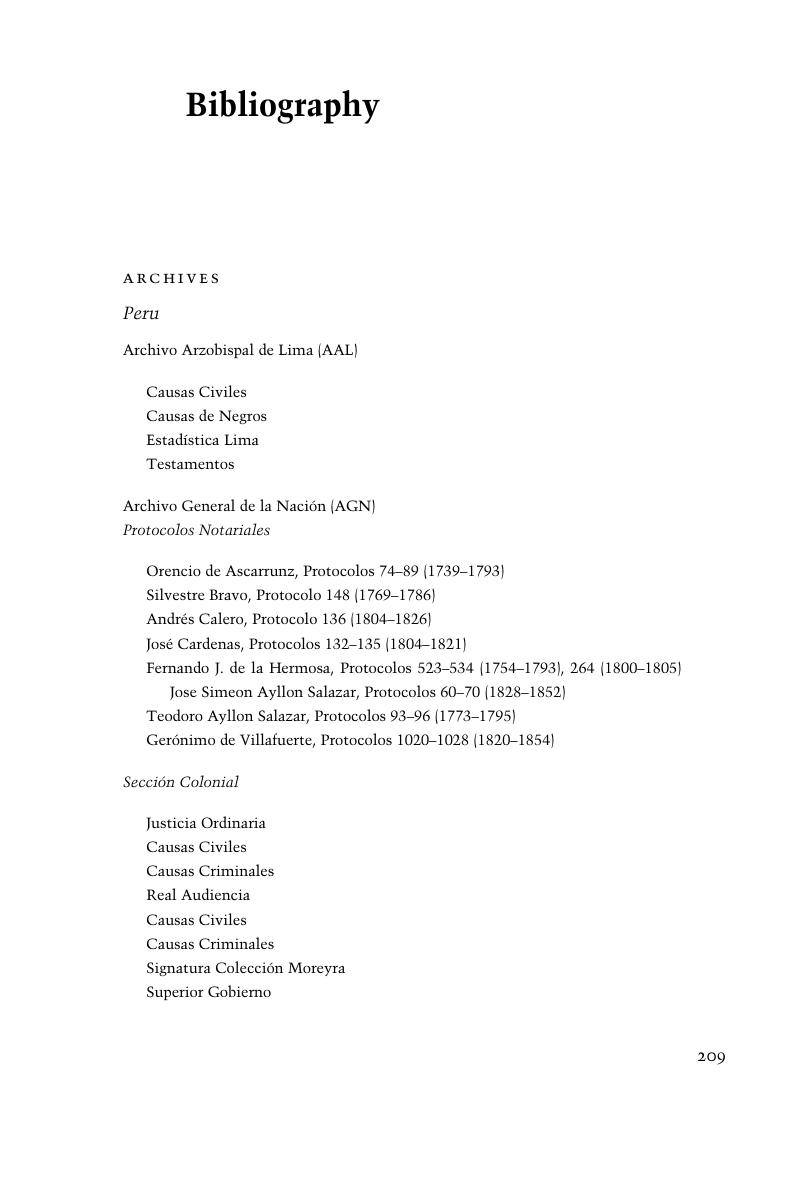Book contents
- Exquisite Slaves
- Exquisite Slaves
- Copyright page
- Contents
- Acknowledgments
- Introduction
- 1 Slavery and the Aesthetic of Mastery
- 2 Legal Status, Gender, and Self-Fashioning
- 3 Black Bodies and Boundary Trouble
- 4 Casta Painting and Colonial Ideation
- 5 Print Culture and the Problem of Slavery
- 6 Ladies, Gentlemen, Slaves, and Citizens
- Epilogue
- Endnotes
- Bibliography
- Index
- References
Bibliography
Published online by Cambridge University Press: 22 June 2017
- Exquisite Slaves
- Exquisite Slaves
- Copyright page
- Contents
- Acknowledgments
- Introduction
- 1 Slavery and the Aesthetic of Mastery
- 2 Legal Status, Gender, and Self-Fashioning
- 3 Black Bodies and Boundary Trouble
- 4 Casta Painting and Colonial Ideation
- 5 Print Culture and the Problem of Slavery
- 6 Ladies, Gentlemen, Slaves, and Citizens
- Epilogue
- Endnotes
- Bibliography
- Index
- References
Summary

- Type
- Chapter
- Information
- Exquisite SlavesRace, Clothing, and Status in Colonial Lima, pp. 209 - 225Publisher: Cambridge University PressPrint publication year: 2017



